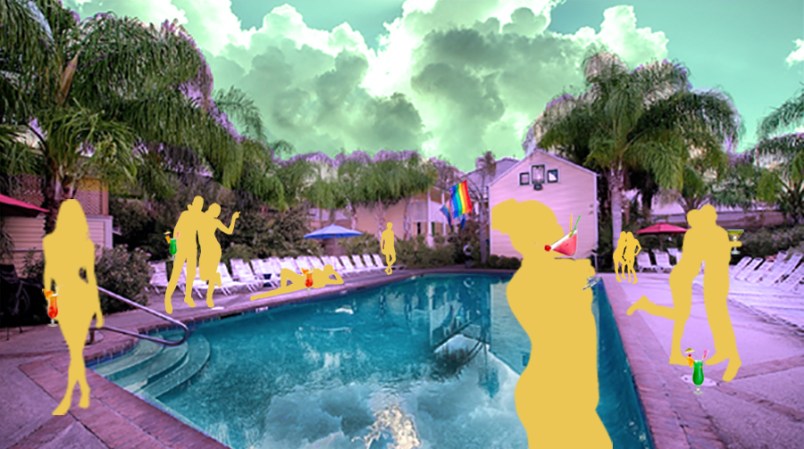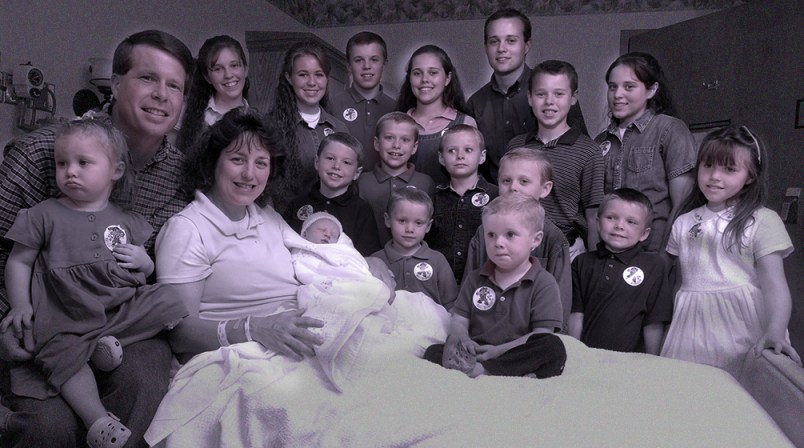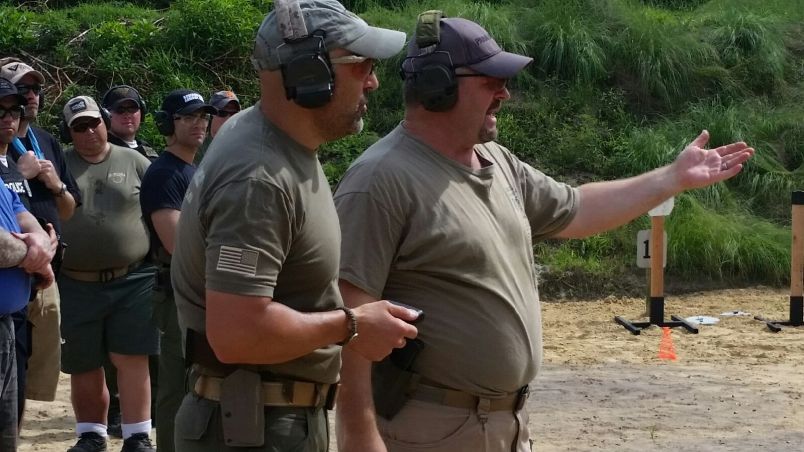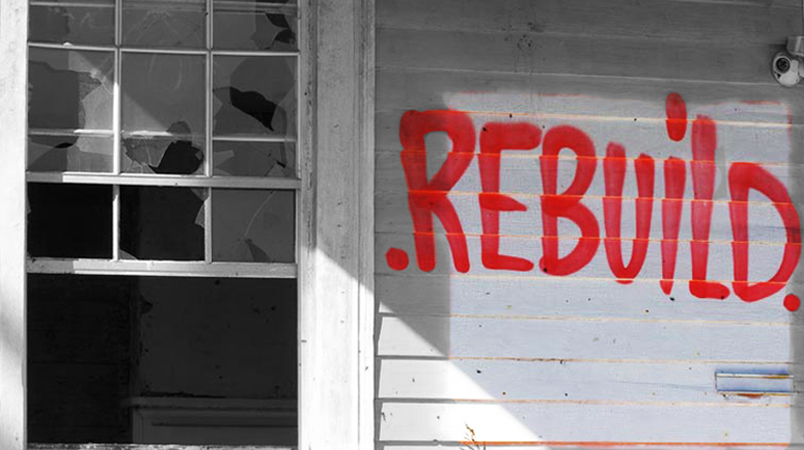My only FOMO is that you can’t see my boobs,” a blue-haired artist said. “And that I can’t see yours.”
We were sitting under a heat lamp on the deck of the Country Club, an ironically named New Orleans restaurant, bar and pool a few days after Halloween—me in jeans and a sweater, her in a sports bra and undies, soaking wet from the pool. I could see her tattoos, her BDSM bruises, and her nipples, kind of, but by Country Club standards, it was an oppressive ensemble.
Two weeks earlier, in October, a consent judgment handed down by the New Orleans Alcohol Beverage Control Board abruptly ended the club’s clothing-optional policy, forbidding patrons from swimming, tanning and drinking in the nude for the first time in its 37-year history. The policy had been New Orleans’s worst-kept secret, often touted as proof that nonconformity lived on in the Bywater neighborhood, even as the rest of the city Disneyfied.
But the appeal of the club, tucked inside a 19th-century Italianate mansion on a quiet residential block, was not purely symbolic. Its parties were wild, its bartenders were affable, and it reliably provided the Authentic New Orleans Experience, for just $10 at the door. The Club was a testament to the reasons transplants had moved to New Orleans. It was on savvy tourists’ list of must-dos. And when a woman reported being drugged and raped there in July, it became a flashpoint for a debate about whether the newcomers’ arrival threatens the same Bywater culture that drew them there.
The sexual assault case and its aftermath brings a national conversation about “rape culture”—the notion that women invite unwanted sex if they drink or dress provocatively—to the Bywater’s doorstep. But because the Country Club isn’t a fraternity or some other bastion of chauvinism, there’s no clear institutional villain. The Club is a historically gay bar in an artsy neighborhood which, like many across America, is being homogenized by gentrification. The result is a clash of protective liberal instincts that force the question: Can you make a city safe and keep it weird?

On July 1, Maria Treme woke up with no memory of the previous night. Her thighs were bruised, her car was missing, and there was lubricant she didn’t recognize by her bed. She returned to the Country Club, where she’d been tanning and drinking with girlfriends before she blacked out. Two female employees helped fill in the rest—security footage and eyewitnesses indicated Treme had sex with two different men on club premises and went home with a third, wearing nothing but a towel—and helped call the police. In August, Treme told her story on the local news to raise awareness about date rape drugs; she hadn’t known to get tested for them until they were out of her system.

Two weeks later, the New Orleans city attorney cited Treme’s case as he charged the Country Club with permitting “obscene, lewd, sexually indecent, immoral or improper conduct” that posed a threat to its patron safety and the Bywater quality of life. Fourteen neighbors signed a petition to have its liquor license revoked. In mid-October, the club reached a non-negotiable settlement that included ending the clothing-optional policy. They announced the news on Facebook, to a deluge of virtual grief and outrage. Flyers went up around the Bywater with Treme’s face on them, and the words “No evidence of rape!” While her friends raced to tear the flyers down, Treme posted a photo of one to Facebook, asking friends to share so that it was clear she couldn’t be shamed into silence. But it did frighten her. “[E]specially when I am in the Bywater/Marigny…” she wrote, “I still feel like a stranger in a place that is not my city.”
The question of who belongs in the Bywater had been simmering for years before Treme’s sexual assault and Facebook post. Tulane University geographer Richard Campanella created a local firestorm last year by calling it the “Williamsburg of the South.” According to Campanella, the Bywater, once a working-class Creole and German neighborhood, is currently in late-third wave gentrification. First came the “gutter punks,” he wrote, transients and squatters who chose the Bywater for its proximity to rich busking terrain of the touristy French Quarter. Second were the hipsters, who shared the punks’ aversion to the mainstream, but had the means to pay rent and open tapas bars. The small plates lured the third wave of gentrifiers, whom David Brooks would call Bohemian Bourgeoisie. They snapped up and lovingly restored the sherbet-colored Arts and Crafts shotgun homes—located on flood-safe high ground—then took over the neighborhood associations.
Today the Bywater is an integrated mix of local culture and amenities air-dropped from Portland and Austin. Self-described “purveyors of robust cuisine” share blocks with purveyors of five-dollar po-boys. There’s a Sotheby’s real estate office ten minutes from a health food café, where there are flyers for a $10-haircut-and-PBR special and a Kindermusik class for toddlers. The sidewalks are cracked and jut out of the Bayou at treacherous angles, so young parents push strollers in the still-quiet streets.
Normally, strollers pave the way for the fourth-wave—doctors, lawyers, bona fide gentry—but New Orleans’ unique strain of gentrifiers is muddying the trajectory. In the absence of a magnet industry like Wall Street or Silicon Valley, New Orleans transplants self-select for their affinity with local culture. Campanella calls them “Orleanophilic super-natives.” Whether a super-native has come to make music or artisanal boudin, work in a federally-funded charter school or the state-incentivized film and television industry, his identity is wrapped up in the legacy or future of New Orleans.
The result, in the Bywater, is a less than two-square-mile area that is sparsely populated but crowded with several micro-generations’ conflicting ideas about what New Orleans means. Rarely included in this conversation are Bywater natives. The interests of those who haven’t already been bought out are eclipsed by gentrifier-on-gentrifier tension.

What hipster transplants lack in civic engagement they make up for in commitment to public revelry. To them, the Country Club crackdown is just the latest instance of Bywater yuppies enlisting lawyers and city legislators in a siege on fun. Before they came for their nude sunbathing, they came for the go-cups at Siberia. Before that it was the late-night music at Marigny fixtures Buffa’s and Mimi’s. Even tourist traps on Bourbon Street are embroiled in legislative battles over noise complaints. Alcohol-fueled partying is a popular scapegoat in sexual assaults like the one that happened at the Country Club. But it’s also part of the social fabric of New Orleans.
And the Country Club is loaded with extra cultural significance. Opened as a gay club in 1977, it was a Bywater outpost for the libertine sexual culture that has, for the most part, quietly coexisted with conservative Catholicism in New Orleans. (Some scholars believe the port city provided Walt Whitman with his first homosexual experience.) That legacy of sexual freedom was nicely complemented by the progressivism of the transplants—gay and straight—who moved to the Bywater after Katrina, to work for recovery nonprofits and write dissertations.
The LGBT community has a long history of predicting and driving gentrification. The urban enclaves homosexual men and women formed for their own safety after World War II—and developed with discretionary income not spent on children—become the coolest addresses for the straight-but-tolerant re-urbanizing creative class of the nineties. Now, the West Village is expensive and boring. (The suburbs, meanwhile, are becoming gayer.) New Orleans has no such “gayborhood” but Country Club patrons describe a microcosmic straightening within the club’s walls.
Though still gay-owned and operated, the Country Club crowd has grown more diverse as the neighborhood has gentrified, and the facilities have been upgraded to match. A new kitchen serves high-end Creole food, seasonal specials, and drunk munchies. Sauna and locker rooms were installed, plus all-over television screens for game night. Around 2011, the Country Club added a Ladies Night to the weekly schedule that includes Drag Brunch and half-off night for service industry professionals. Today, it is more Club Med than bath house.
After the clothing policy changed, commenters on the club’s Facebook page offered up a rant/oral history/eulogy that would be familiar to anyone who has witnessed a trendy gay club running its course. Country Club started out as a “cherished sanctuary for so many of us homos,” one Facebook commenter wrote. Then strippers came, according to another, to even their tan lines and get a reprieve from straight men. Some gay guys started to bring cool straight girls, which was fine, because they got it. But soon other women started coming in groups of their own because, as one male commenter imagined, “the music is great and you don’t have guys hitting on you!”
“Then someone’s fucking boyfriend came,” he continued, and word got to the douchebags that the Country Club was a place to meet women, not to mention naked ones. Early this year, men’s lifestyle site Thrillist named the Country Club one of New Orleans’ top “Bad Decision Bars,” and many on the Club’s Facebook page characterized Treme’s sexual assault as just that. “If straights hadn’t come and infiltrated, diluted, and eventually taken over yet another gay space,” someone wrote, “a gal wouldn’t have gotten drugged and raped here.”

There wasn’t a douchebag in sight the day I spent at the Country Club. But there was Arielle, a 22-year-old woman who embodies other Country Club stereotypes. A sometimes-stripper and full-time cool girl (and sometimes-New Orleans resident and full-time super-native), Arielle has been coming to the Country Club for years and happens to be friends with Maria Treme. Over the past two years, she told me, the open-minded, naked straight people were joined by more clothed straight people, “and a lot of them were guys in their board shorts trying to buy drinks for girls.” Unwanted advances, she said, “almost became an expectation.” Nothing bad enough to keep her away from the club, though there were incidents she regrets not reporting, like the time a man came into the sauna, where she was sitting alone, and began masturbating. “But I was in there naked, so in my own head I was like, What do I expect?”
The influx of straights and tourists has been good for business. But Country Club manager Bert McComas told me it’s also part of the club’s inclusive ethos to provide a place where curious strangers can shed their inhibitions and strike up conversations with people they might not meet on Bourbon Street. Being an “everybody bar” is what makes the club feel like a perpetual vacation for locals, too. “I believe that’s part of the laissez-faire culture,” he said. The Club tried to keep up with its responsibilities to a changing clientele and a changing neighborhood; some of the requirements in the consent judgment, like security guards and litter clean-up, were already provided by the Club.
Nevertheless, when news broke that the Club had been forced to require clothing, the territorial battle for the Bywater erupted in its ugliest form. Anonymous commenters blamed straight female newcomers, who had no business going to the Country Club if they were going to be attention-seeking, vengeful prudes. The partying super-natives and local bartenders blamed the bourgie super-natives with kids, who had no business buying homes near the Country Club if they didn’t want loud noise all night.
What no one is acknowledging is that Maria Treme—the woman at the center of the allegations—has nothing to do with any of it.

When I read the name “Maria Treme,” I expected to meet such a super-native. A 23-year-old Vassar alumna, perhaps, who had adopted “Treme” as a localized stage name and imported her liberal arts sensitivity to rape culture. Instead, I met a woman whose late father—born in Pointe à la Hache, Louisiana, “Creole as it comes”—can nearly trace his ancestry back to 18th century real estate developer Claude Treme, for whom the HBO-famous neighborhood is named. Her mother left the U.K. in the 1960s to join the Women’s Lib movement. Their 31-year-old daughter gives off a no-bullshit vibe that makes her an unlikely target for slut-shaming. In fact, a guy at another bar once tried to enlist Treme in his mockery of some other, more scantily clad women nearby. While he went to the bathroom, Treme stripped butt naked and challenged him to a game of pool. “What’s changed?” she asked him.
Treme didn’t get raped that night, and she fails to see any connection between what happened to her at the Country Club and its clothing-optional policy. She’s an experienced drinker who seemingly has no hang-ups about sex or her body. To her, banning nudity at the Club is just another way for total strangers to imply that she somehow asked to be raped by getting naked, and she should therefore shut up. As a rape survivor, she said “you either have to get the crap beaten out of you with hard-core physical evidence or you have to be Mother Teresa.” Otherwise, you’re “just another skank who doesn’t know what she’s talking about.”
In interviews, she’s spoken out against the crackdown, and stopped short of demonizing the men who had sex with her on the Country Club premises. What Treme does want is for the Country Club to beef up its security (it has), and to “get the bastard” who drugged her. That’s a much taller order.
Convicting a rapist is a statistical improbability, in large part because only one in three sexual assaults is reported to the police. Of the rapes that are reported, R.A.I.N.N. estimates that only one in five ends in a prosecution, putting just three percent of rapists behind bars. The low conviction rate for rape nationally is often blamed on a lack of evidence and an abundance of blame for the victim. In New Orleans, where the prevalence of rape is 36 percent above the national average, a new investigation into the New Orleans Police Department’s Special Victims Section suggests police negligence plays a role, too.
Two-thirds of the calls received by five sex crimes detectives over a three-year period were filed as non-criminal “miscellaneous” complaints, rarely including so much as the victim’s name. Of case reports filed by the detectives, more than half contained no proof of any investigation following the initial report. One detective forwarded less than ten percent of her assigned “simple rape cases”—when the victim is “incapable of resisting or understanding the nature of the act” because of an “intoxicating agent”—to the District Attorney’s Office. According to the New Orleans Advocate, she “didn’t think simple rape should be a crime.” In the hands of the police, the “rape culture” biases that discourage women from reporting sexual violence can also serve to dismiss those who do.
Treme thinks her case might have ended up in the NOPD’s filing graveyard if she hadn’t spoken up to investigative journalist David Hammer, who embarrassed the NOPD by reporting that officers failed to get Treme to the hospital in time to be tested for roofies and other date rape drugs. Treme has continued speaking up in order to show other rape survivors that they should not to be shamed into silence—even if, on paper, they’re the world’s most asking-for-it victims. Rape is a problem that transcends the best efforts to create safe spaces. But if it’s impossible to build a rape-proof bar, women can’t afford to fear speaking out.
Treme never relied on the Country Club as a safe space, anyway. “I feel comfortable just about everywhere,” she told me. She doesn’t need the Country Club “to be stewards of the Bywater’s uniquely free-spirited culture,” as the club pledged online, because she’s already free-spirited. A less self-assured woman might have blamed herself for not being up to the club’s louche atmosphere (What do I expect?) or stayed quiet for fear of ruining it for everyone else. Instead, Treme makes you wonder what’s worth saving about a party—be it a frat rager, a country music concert, or a queer-friendly nudist bar—where people get drugged, raped, and publicly shamed. Is this the culture Country Club’s defenders hope to protect?
“They all preach about it, like, This is the real New Orleans,” Treme said. “Well, if that’s the case, then they are ruining it.”






